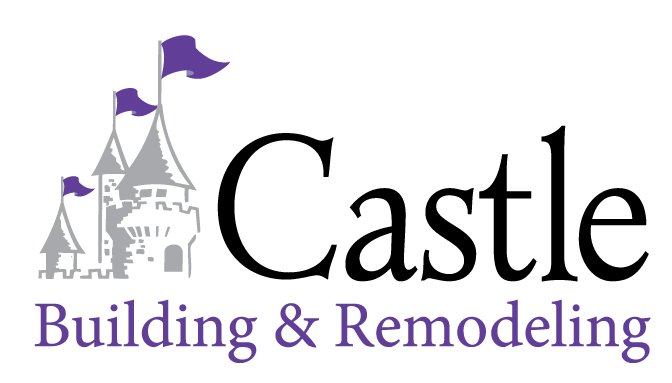Regular Cleaning
Use the mildest method you can to make the floor look clean again. Vacuum or sweep regularly to remove dirt before it gets ground in. Wipe up spills at once. When soil won’t come up with vacuum, mop with damp mop squeezed out of cool to lukewarm water. Rub only enough to remove dirt on surface.
Wash only when dirt will not come off by milder methods listed above. Use solution of warm (not hot) water and detergent; apply small amount with mop or sponge, rubbing only enough to loosen dirt; take up with mop or sponge. Rinse off all solution thoroughly with clean, cool water; always rinse well no matter what the detergent or cleaner says about not rinsing. In cleaning, try to remove soil without destroying the wax film on the floor so rewaxing does not have to be done too often.
Removing Old Wax
If too many layers of wax build up, especially in non- traffic areas, floor may discolor or look yellowed. Removing all the wax requires harsher cleaning than ordinary cleaning, and should be done no oftener than once a year, and not that often when not necessary. You can buy commercial wax removers, some made to remove certain types of waxes, or use a homemade solution. If you know the brand of wax on the floor, follow directions on its label for removal.
If you want to make a wax remover:
1. Mix from 1/2 cup to 1 cup of ammonia (start with less and add more if needed) and one cup laundry detergent in 1 gallon warm water.
2. Test in an inconspicuous area to see if it softens the wax film. After several minutes, the area where the solution has been applied with a sponge mop should turn cloudy and soften.
3. Then scrub that area with a stiff brush, electric scrubber or very fine steel wool pads to loosen old wax.
4. Repeat process in another area until entire floor is stripped of wax.
5. Rinse thoroughly with clean, cool water.
6. After drying thoroughly, apply one or two coats of wax depending on conditions of floor, drying between coats according to wax instructions.
Waxing
Wax a thin coat of self-polishing wax on dry, clean floor, when washing does not bring back shine. Wax flooring when new, and always keep it protected with a coat of wax. Regular wax will give more protection and shine than one-step wax-and-clean products, but will build up over time. Polishing wax (solvent based) to be buffed with electric polisher, may also be used on vinyl if desired. It must be thoroughly buffed, following directions on wax label. It will not build up.
Linoleum-Care and Cleaning
Linoleum is an older floor covering that may be found in some older homes. It needs waxing to preserve its surface, usually water-based self-polishing wax, but solvent-based wax to be polished with electric buffer can be used. It dents easily, and is badly damaged by alkalis.
Damp mop using a mild detergent and water for day to day cleaning. Keep water away from seams and edges to prevent loosening of the tiles. To preserve the linoleum floor you may wish to add a capful of baby oil to the mop water. Clean with a mild detergent and water solution and rinse thoroughly. Do not use ammonia or strong alkalis. If water-base wax has to be removed, use Isopropyl Alcohol . To remove old wax by mopping, mix a solution of 3 parts water to 1 parts rubbing alcohol. Scrub this in well and rinse thoroughly. Be sure the area is well-ventilated and wear gloves.
For Rubber Tiles : Mild Detergent. Avoid oils, solvents, and strong alkalis as they will harm the surface. Wash with clear water, a mild detergent, and a clean mop.
Cleaning Vinyl No-Wax Floors
A vinyl or polyurethane finish has been applied on the surface to keep a shine without waxing; the urethane is more durable. To keep it shiny, keep it clean. When washing with a detergent solution, be very sure to rinse it all off. One-step “clean-and-wax” products may leave a film that covers the shine; test if using them. Occasional buffing will heighten the shine.
Eventually all finishes will lose some of their shine as the finish coating wears. Renew it by applying a water-based self-polishing wax. Special vinyl floor finishes sold at flooring stores may also be used, but usually cost more. If a sculptured pattern, apply thinly so no pools of wax collect in low spots. Club Soda. Remove buildup by pouring a small amount of club soda on a section. Scrub this in well. Let it soak in a few minutes and wipe clean. or Vinegar. A few drops in the cleaning water will help remove grease panicles. Dull, greasy film on no-wax linoleum can be washed away with 1/2 cup white vinegar mixed into 1/2 gallon water. Your floor will look sparkling clean.
Applying a self-cleaning floor wax or finish to the “no-wax” vinyl floor can protect from gritty dirt that will eventually scratch the surface. It will also prevent wear in traffic lanes. Removing dirt promptly with the top-rated model of vacuum cleaner and damp-mopping when necessary will also help reduce scratching of the surface.
Source: http://doityourself.com/vinylfloors/resilient.htm
